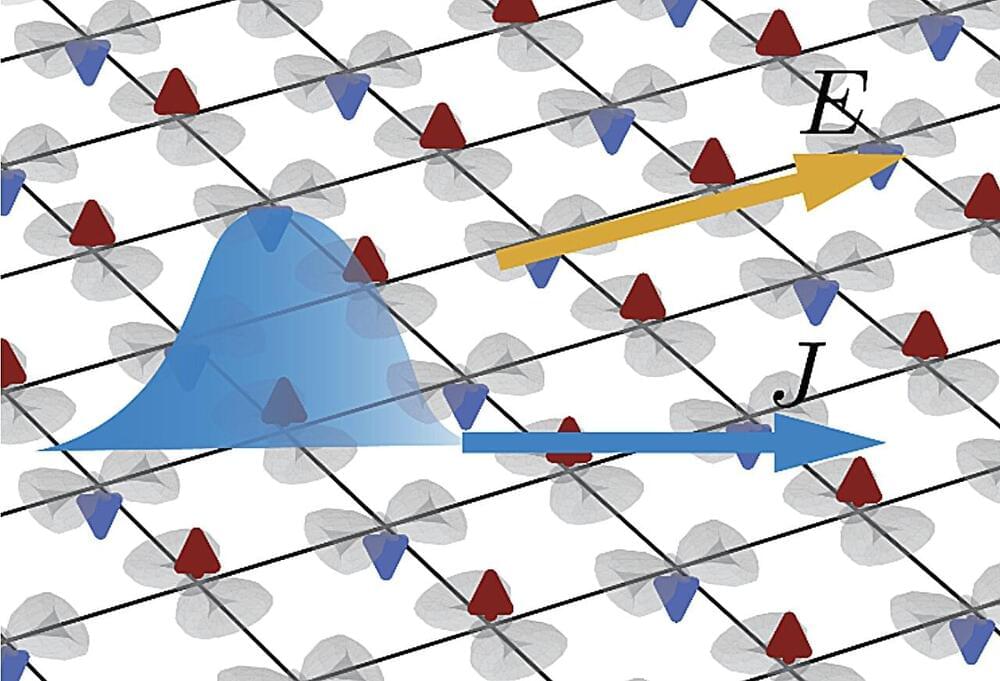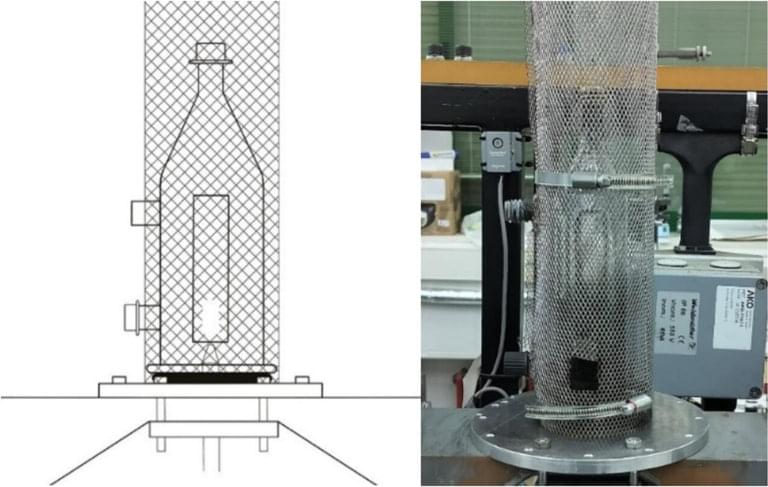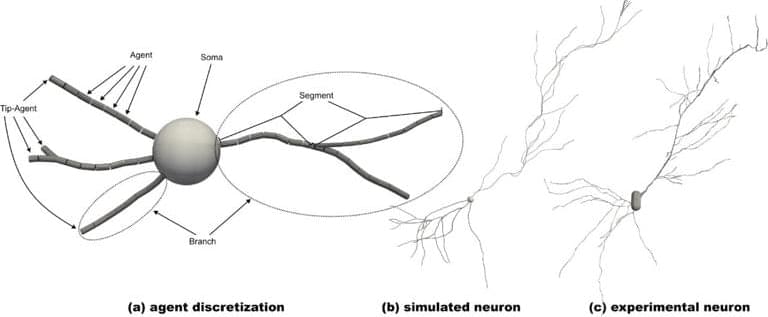“What the FBI uncovered in this case is essentially a new twist to old-school financial crime,” Jodi Cohen, the special agent in charge of the FBI’s Boston division, said in a statement. “What we uncovered has resulted in charges against the leadership of four cryptocurrency companies, and four crypto ‘market makers’ and their employees who are accused of spearheading a sophisticated trading scheme that allegedly bilked honest investors out of millions of dollars.”
Liu Zhou, a “market maker” working with MyTrade MM, allegedly told promoters of NexFundAI that MyTrade MM was better than its competitors because they “control the pump and dump” allowing them to “do inside trading easily.”
An FBI spokesperson told CoinDesk that there was limited trading activity on the coin but didn’t share additional information. On a Wednesday press call, Joshua Levy, the acting US attorney for the District of Massachusetts, said trading on the token was disabled, according to CoinDesk.






